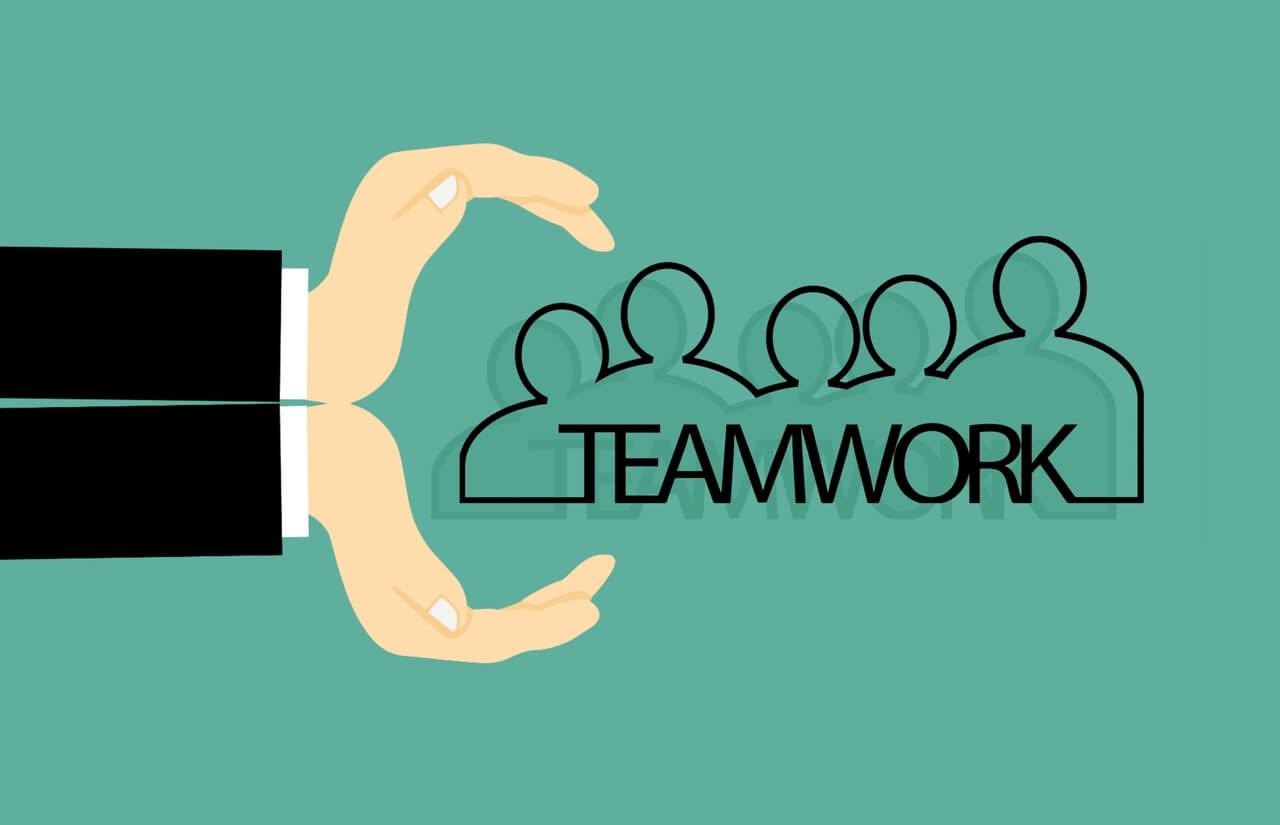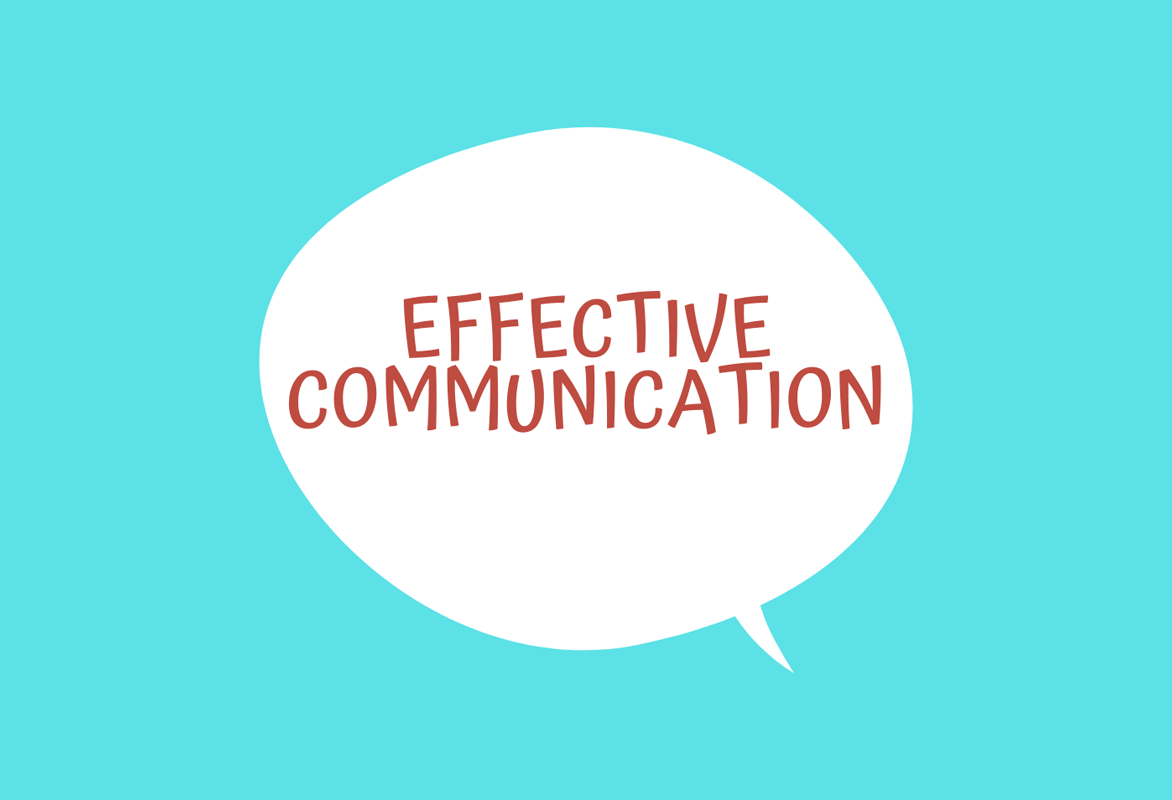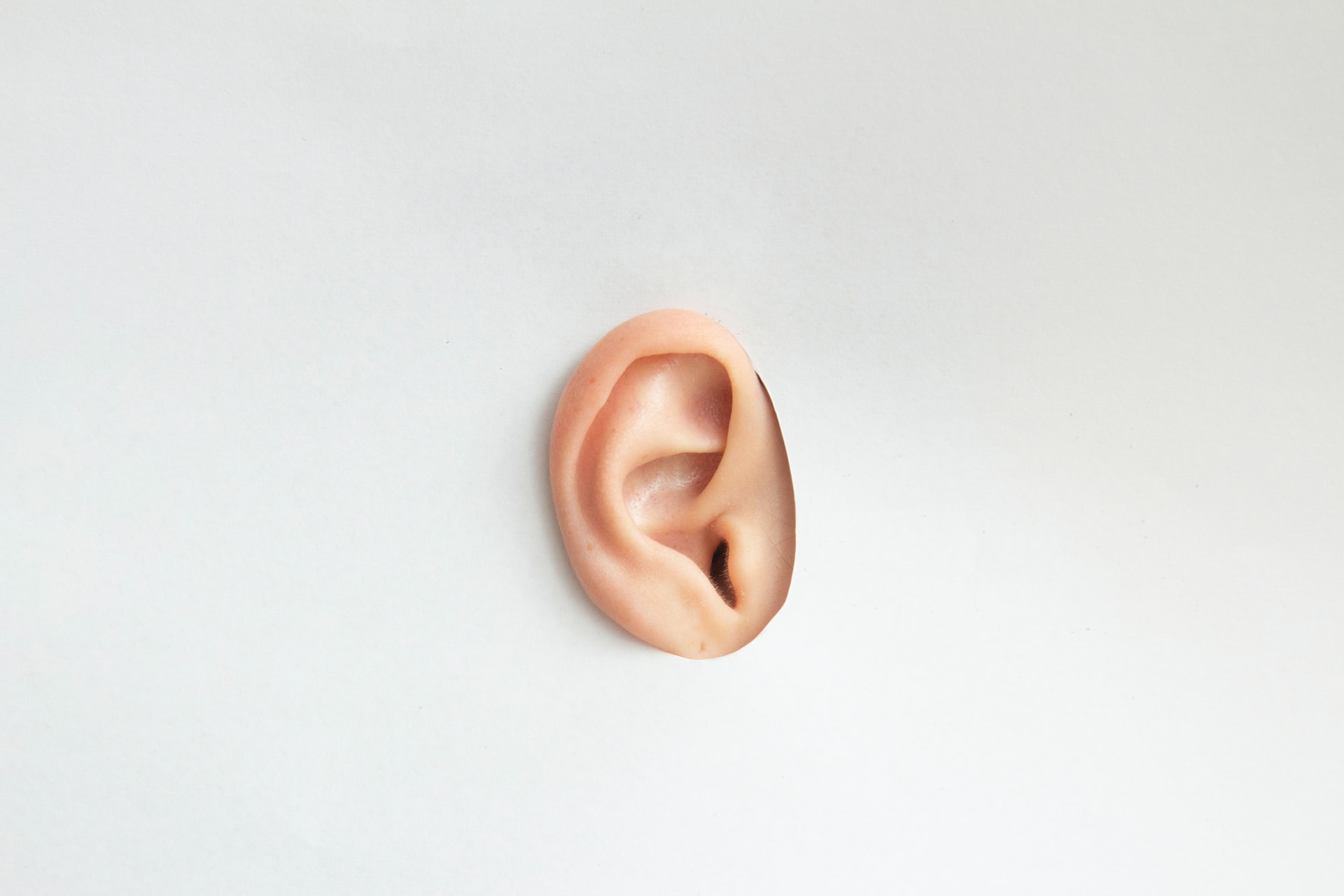Involve and Engage Your Audience 20 Ways
Not long ago I worked with an energetic, creative group who, while focusing on presentation…
Our content is reader-supported. Things you buy through links on our site may earn us a commission
Never miss out on well-researched articles in your field of interest with our weekly newsletter.

Subscriber

Not long ago I worked with an energetic, creative group who, while focusing on presentation…

If you are presenting, odds are you are using your laptop either to walk the…

You may be presenting as a team to win new business, update a major project,…

A recent workshop discussion led to this question: what kind of communicator are you, really?…

How you speak, and the words and phrases you use, make a huge impact in…

How much time do you spend each day communicating person to person? You may be…

How often have you heard the following phrases? No problem I can’t do that You’ll…

Today’s speakers need to do more than impart information to their listeners. With all the…

You know how full every minute of your day is. Packed with meetings, phone conversations,…

How are you at speaking directly and clearly? Some of us like to “sugar coat”…

“Well, I guess that’s about all I have.” “Well, I guess we are out of…

Are you prepared to introduce yourself in a way that builds credibility and trust? If…

Some meetings and training sessions seem to drag because you can’t get a good discussion…

Have you ever walked into a meeting or joined in on a phone conference that…

Your organization is undergoing a significant change, and your team is worried. They want to…

Whether you are training, leading a meeting, or giving a formal presentation, effective speaking is…